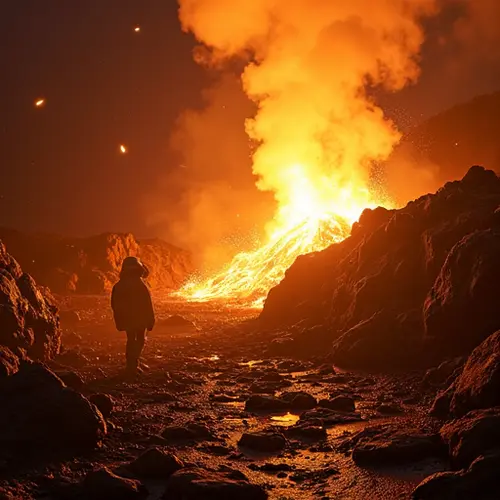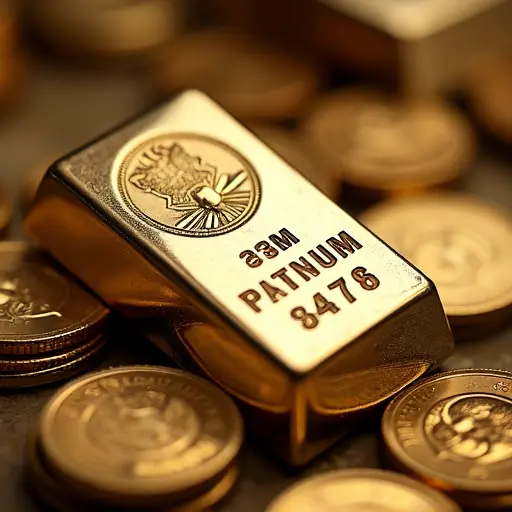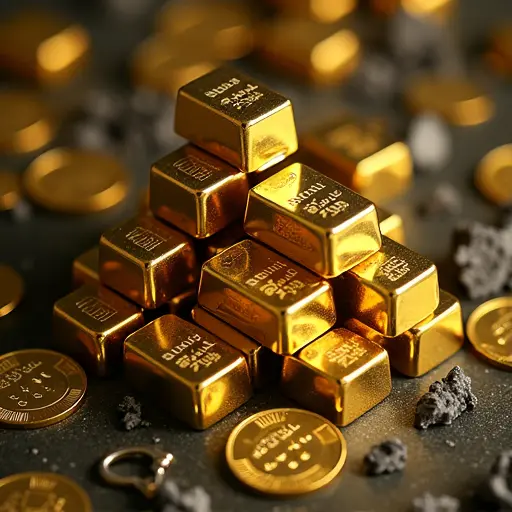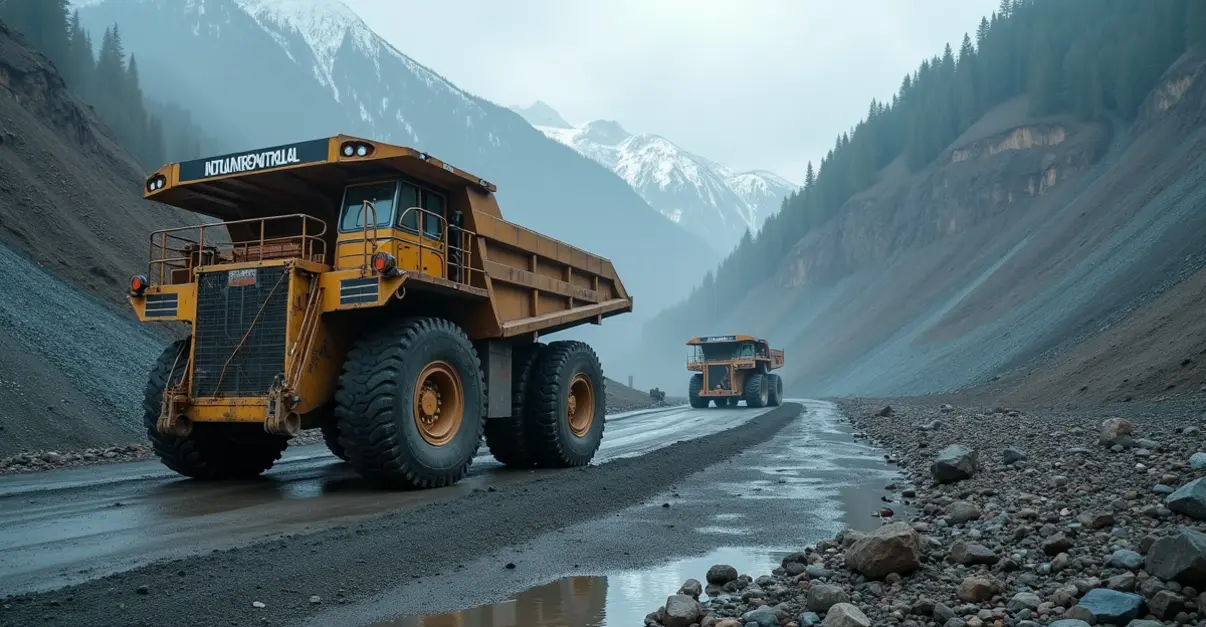New research reveals that gold and other precious metals are escaping from Earth's core to the surface through volcanic activity. Scientists analyzed Hawaiian basalt rocks and found traces of rare metals like ruthenium, suggesting similar leakage for gold and platinum. However, extracting these metals directly from the core remains technologically unfeasible.

The largest gold reservoir on Earth is trapped in the planet's boiling molten core. However, new research reveals that gold and other precious metals are escaping from this core and reaching the surface through volcanic islands.
Researchers from Georg-August-Universität Göttingen, University of Bristol, University of Edinburgh, and Colgate University analyzed basalt rocks from Hawaii for three years. These rocks formed from solidified lava. Some samples were collected by a submarine from a deep-sea volcano, while others are typical basalt rocks found across Hawaii.
To obtain a usable sample, the rocks were ground into powder and melted in an oven with various chemicals. The researchers extracted platinum, as well as lesser-known metals like rhodium, palladium, iridium, osmium, and ruthenium. Ruthenium, a silver-gray metal, is as rare as gold in the Earth's crust.
'The Earth is essentially made of meteorites that collided, and these meteorites contained ruthenium, which ended up in the core during formation,' explained Nils Messling, the lead author of the study. 'So the mantle has almost no ruthenium, while the core does.'
The researchers successfully measured ruthenium in rocks that typically contain almost none of it—'a needle in a planetary haystack.' If ruthenium leaks from the core, Messling suggests the same applies to gold and platinum, albeit in minuscule amounts. Extracting these metals directly from the core-mantle boundary is currently impossible, as it lies 236 times deeper than the deepest borehole ever drilled—the Kola Superdeep Borehole in Russia, which reached 12.3 kilometers.
No clear mechanism explains why these rare metals leak to the surface, but the Hawaiian rock samples suggest the process takes between 500 million and 1 billion years.

 Nederlands
Nederlands
 English
English
 Français
Français
 Deutsch
Deutsch
 Español
Español
 Português
Português









